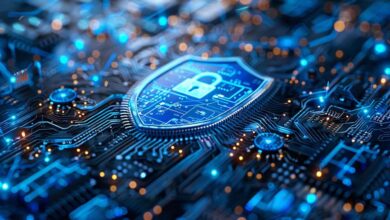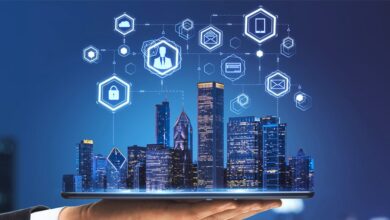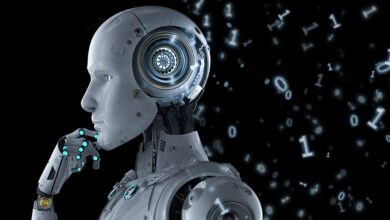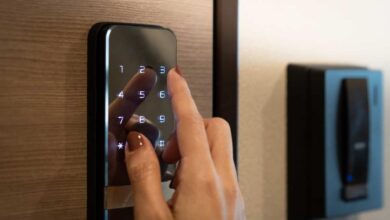Future Home Secrets: Smart Living Beyond Imagination
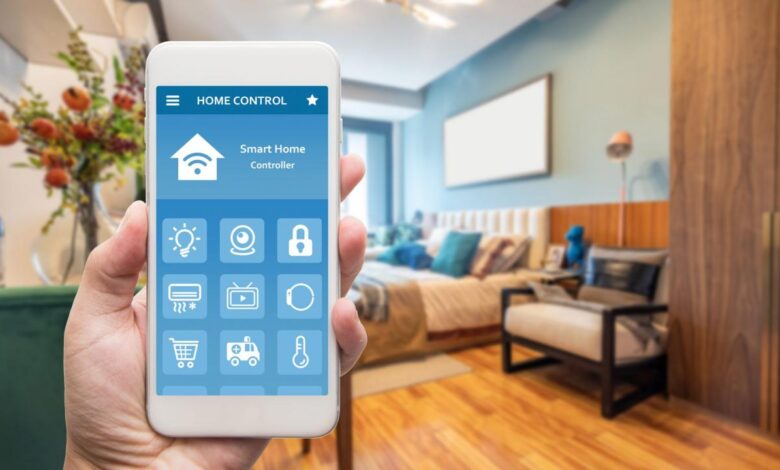
The concept of the “smart home” has evolved far past voice-activated lights and remote thermostats. In 2025, our residences are transforming into intelligent, autonomous sanctuaries—they are no longer just structures but living, breathing digital partners that actively manage our well-being, security, and daily logistics.
This isn’t just about convenience; it’s about seamlessly integrating cutting-edge Artificial Intelligence (AI) and the Internet of Things (IoT)to create an environment that anticipates needs, optimizes resources, and proactively guards its occupants.
Welcome to the future of smart living, where the home acts as a personalized command center, a health coach, and a tireless security guard. This extensive guide reveals the secrets to this new era, detailing the essential pillars that define the truly automated digital dwelling.
I. The Hyper-Anticipatory Ecosystem: AI as Your Home Manager
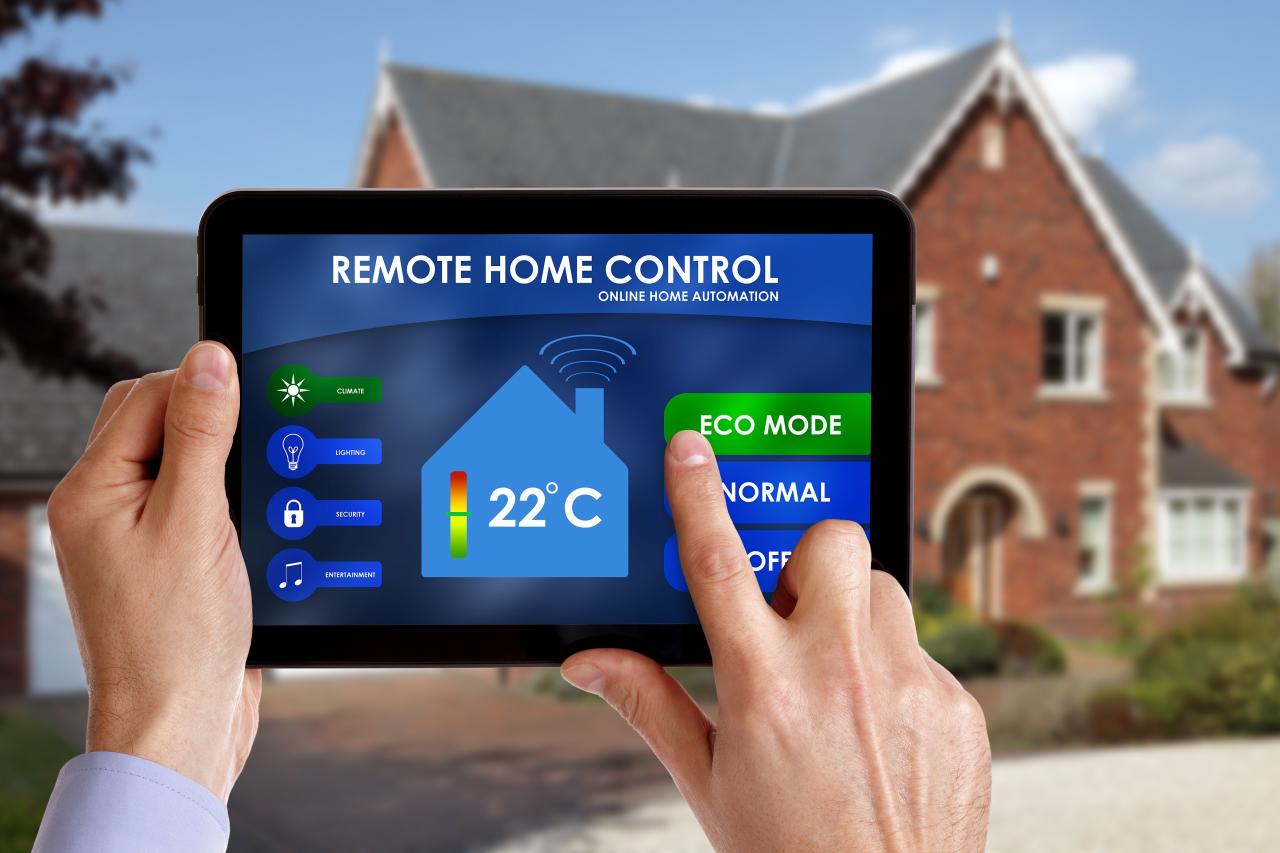
The most profound secret of the 2025 smart home is its move from reactive technology (responding to a command) to anticipatory technology (predicting a need). This shift is entirely powered by sophisticated AI learning and deep data integration.
A. Contextual Intelligence and Behavioral Learning
Today’s smart home doesn’t follow a set schedule; it learns the unique rhythms of its occupants, adapting in real-time to the context of the moment.
A. Personalized Climate Control: The HVAC system doesn’t just stick to a fixed temperature. It analyzes occupancy patterns, external weather forecasts, seasonal sunlight exposure, and the insulation properties of your home. It then preemptively adjusts the temperature, ensuring maximum comfort when you arrive home while minimizing energy use during the day. For example, if it predicts you’ll be cooking a high-heat meal, it might start cooling the kitchen ten minutes beforehand.
B. Mood-Adaptive Environments: AI integrates data from multiple sources—your calendar, music playback, or even simple voice tone analysis—to set the perfect scene. If you arrive home after a stressful meeting (detected via calendar data), the home might automatically dim the lights to a warm hue, start playing calming ambient music, and initiate a low-flow aromatherapy diffuser.
C. Predictive Maintenance: The house is constantly monitoring itself. Sensors in appliances and pipes track subtle anomalies—a slight change in water pressure, an unusual vibration from the refrigerator compressor, or erratic electricity consumption. AI flags these changes, often ordering a replacement part or scheduling a technician before a component fails, transforming appliance maintenance from an emergency into a routine check.
B. Energy Autonomy and Efficiency
The truly smart home is an energy-efficient home, actively working to reduce environmental impact and utility bills without sacrificing comfort.
A. Dynamic Peak-Hour Shifting: AI learns the local utility’s pricing structure for electricity. It automatically shifts high-energy tasks—such as charging the electric vehicle or running the dishwasher and laundry—to off-peak hours when energy is cheaper, saving money effortlessly.
B. Solar and Battery Optimization: For homes with solar panels and battery storage, AI acts as an expert energy broker. It calculates whether it’s more cost-effective to store solar energy, use the battery power immediately, or sell excess power back to the grid based on real-time rates, maximizing the financial return of your investment.
C. Smart Shading and Natural Light Integration: Automated blinds and curtains use real-time sun angles to maximize natural light during the day (reducing the need for electric lighting) and block direct sunlight during summer afternoons (reducing the load on the air conditioner).
II. The Security Paradigm Shift: Zero Trust Home Defense
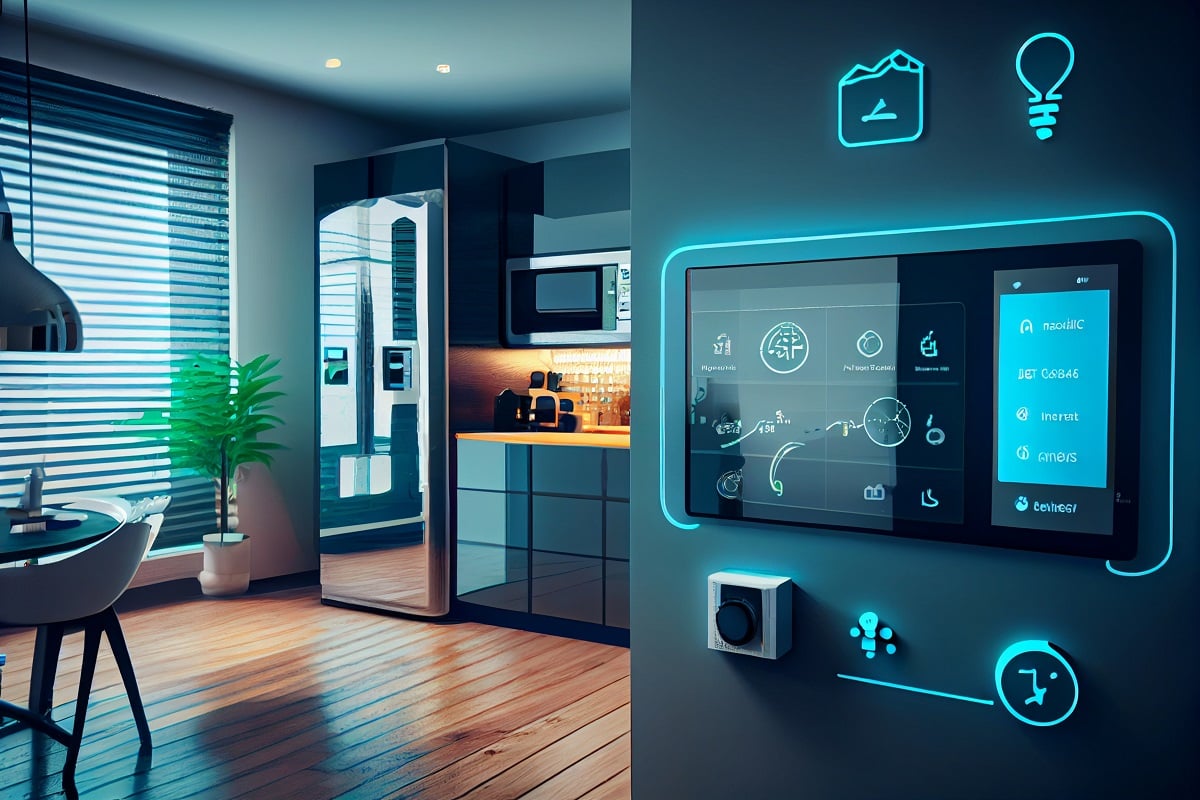
Home security in 2025 extends far beyond passive alarms. It’s a proactive system based on the cybersecurity principle of Zero Trust: never trust, always verify. Every access point, person, and device is continuously monitored.
A. Biometric and Identity Verification
Physical keys, numeric codes, and even simple fingerprint scanners are giving way to advanced, layered identity checks.
A. Multi-Modal Access Control: Entry systems use a combination of factors for seamless, high-security access: facial recognition, gait analysis (how you walk), and voice biometrics. The door only unlocks when it recognizes a unique combination of these identifiers, making spoofing nearly impossible.
B. Visitor Authentication: When a visitor, delivery person, or contractor arrives, the system doesn’t just ring a bell. It uses pre-registered mobile identity tokens or temporary one-time access codes linked to their specific identity and purpose. Access is only granted for the specific time window and zone required.
C. Intelligent Perimeter Monitoring: AI cameras distinguish between pets, blowing leaves, a familiar vehicle, and a genuine threat. This drastically reduces false alarms, ensuring that when an alert is sent to the occupants or authorities, it is highly likely to be legitimate and requires immediate attention.
B. Network and Data Isolation
Since every device is a potential entry point for hackers, the smart home network must operate on a principle of isolation.
A. IoT Device Segmentation: All low-security Internet of Things (IoT) devices (smart plugs, old TVs, washing machines) are automatically shunted onto a completely separate, isolated Guest or IoT network. If an attacker compromises a smart lightbulb, they are physically prevented from accessing your high-security work laptop or financial servers on the main network.
B. Continuous Device Health Checks: The router and network controller constantly monitor the behavior of every connected device. If a smart plug suddenly starts sending large amounts of encrypted data to a suspicious server in a foreign country—a sign of malware—the AI automatically quarantines and blocks that single device, without disrupting the rest of the network.
C. Encrypted Cloud Backups: All essential configuration data for the home (security codes, network settings, personal preferences) are backed up to an end-to-end encrypted cloud vault. This ensures that even if the physical home system fails, your data and access controls remain secure and instantly recoverable.
III. Wellness Integration: The Home as Health Coach
The most personal secret of the future smart home is its role as an active partner in maintaining the physical and mental health of its occupants, collecting data passively and intervening proactively.
A. Passive Health Monitoring
The home collects health data without requiring conscious effort, turning daily life into a continuous diagnostic check.
A. Gait and Fall Detection: Smart flooring or subtle radar sensors track movement patterns. They can detect a sudden, sharp change in gait (an early sign of a mobility issue) or a sudden fall, automatically notifying emergency contacts or medical services if the resident is unresponsive.
B. Environmental Quality Management: Air quality sensors constantly monitor for carbon monoxide, volatile organic compounds (VOCs), and excess CO2. If CO2 levels rise in the office or bedroom, indicating poor ventilation and risk of drowsiness, the system automatically adjusts ventilation to maintain optimal cognitive performance.
C. Sleep Environment Optimization: The bed or mattress, combined with the room’s climate control, learns to manage the perfect sleep environment. It adjusts the mattress firmness, temperature, and lighting automatically to ensure maximum time spent in the restorative deep and REM sleep cycles.
B. Proactive Wellness and Stress Management
A. Personalized Lighting Therapy: Beyond simple brightness control, lighting systems shift the color temperature and intensity to align with the body’s natural circadian rhythm. Blue light is maximized in the morning to promote alertness, while blue light is filtered out in the evening, promoting melatonin production and preparing the body for sleep.
B. Auditory Wellness Zones: Integrated sound systems utilize AI to generate personalized auditory environments. This can range from noise-canceling white noise that masks urban street sounds in the bedroom, to focus-enhancing binaural beats tailored to the occupant’s current task in the home office.
C. Mindfulness and Break Scheduling: The home system integrates with your work schedule. When it detects a long period of intense cognitive work, it can trigger a gentle, non-intrusive intervention: the lights subtly shift, ambient music plays, and the system prompts the user to take a scheduled “mindfulness micro-break.”
IV. The Human-Machine Interface: Effortless Interaction
The secret to a truly smart home is that the technology is often invisible. Interaction is moving beyond screen taps to entirely natural and contextual methods.
A. Advanced Voice and Intent Recognition
Voice control is evolving from simple commands to understanding complex requests and intent.
A. Context-Aware Commands: Voice assistants are no longer constrained by rigid commands. You can say, “It’s too cold in here, and my eyes hurt,” and the system will simultaneously adjust the heating and dim the lighting, understanding the intent behind the multi-faceted, human complaint.
B. Voice Biometric Authorization: Voice is becoming a security tool. The system can distinguish your voice from a child’s or a guest’s, allowing you to give commands like “Transfer one thousand dollars” only if the voice is verified as yours, adding a necessary security layer to financial actions.
C. Gestural and Gaze Control: Beyond voice, subtle non-verbal cues are becoming input. Simple hand gestures can adjust volume, while gaze tracking in public areas can determine which appliance or device you are looking at, preparing it for an immediate command.
B. Seamless Digital Assistants
A. Unified Digital Concierge: Instead of having five different apps for security, climate, lighting, and music, the truly smart home uses a single, unified operating system that aggregates all functions. All data is managed through this one central hub, simplifying control and improving cross-system automation.
B. Proactive Information Delivery: The kitchen display might not wait for you to ask what’s for dinner. As you walk by, the screen might display a reminder that “You have a dentist appointment tomorrow at 9 AM” and simultaneously suggest “A quick 30-minute casserole is available based on current fridge inventory.”
C. Personalized User Profiles: The system instantly recognizes who is using a space and loads their personalized settings. When a child enters the living room, the TV might automatically switch to parental-approved apps and content filters, while the climate shifts to their preferred temperature.
Conclusion
The Future Smart Home is a quiet revolution, defined not by flashy gadgets, but by the seamless, invisible integration of AI into the very fabric of daily life.
The secret to its success is its ability to learn and act autonomously, freeing the occupants from the tedious mental load of managing a modern, complex household. This is the ultimate expression of the digital lifestyle: technology working tirelessly in the background so humans can focus on living.
This new ecosystem is built on four core pillars: hyper-anticipatory management, where systems predict and adapt to your needs; Zero Trust security, where every access point and device is treated as a potential risk and isolated accordingly; wellness integration, transforming the home into a passive health and mental coach; and effortless interaction, moving control beyond screens to natural voice and gesture commands.
The deepest transformation, however, is the shift in responsibility. The home assumes the roles of energy broker, security guard, maintenance technician, and nutritionist. This level of automation doesn’t lead to laziness; it leads to cognitive liberation.
By offloading countless small, repetitive decisions to an intelligent system, occupants gain back the bandwidth for creativity, deep work, and meaningful personal connection. The smart home of 2025 is not just about having the latest technology; it’s about having a residence that empowers you to live a more secure, efficient, and intentional life, making the concept of a truly personalized sanctuary a reality for the first time.

